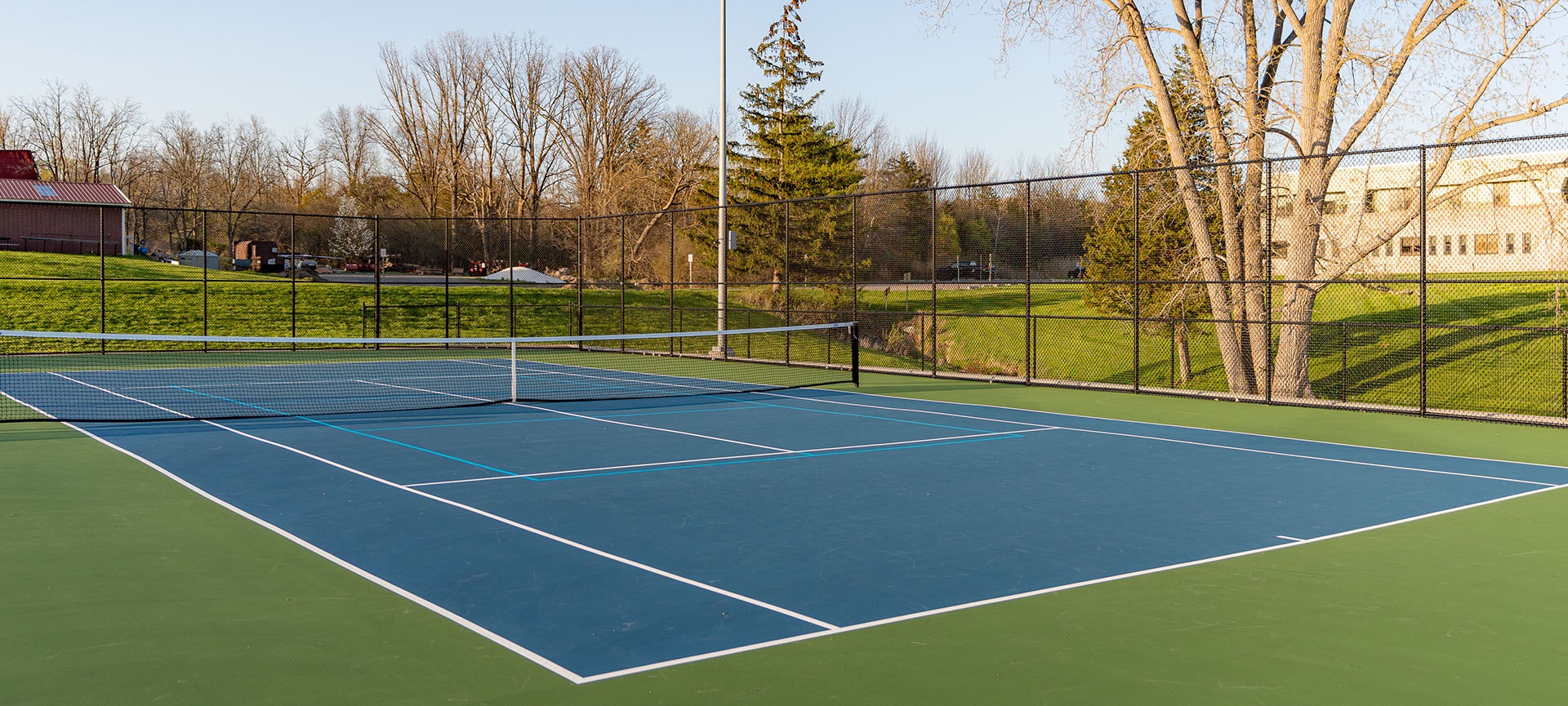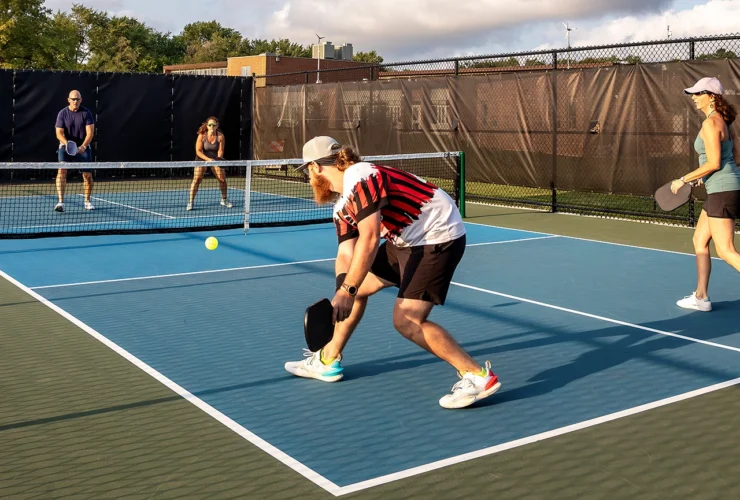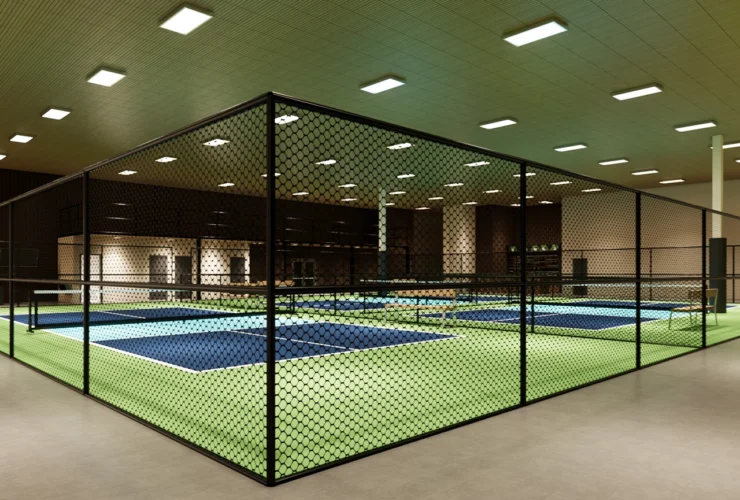What is Tennis Court Resurfacing and Why is it Necessary?
If you play tennis and have your own tennis court, you want to ensure it’s always in perfect condition. You might have seen other tennis courts that look spotless year after year. The truth is, it takes a lot of maintenance to keep your court looking its best.
With resurfacing, you can also take your tennis court from neglected and unwelcoming to an immaculate, high-value asset. If you’re hearing this for the first time, you probably wonder what it is and why it’s necessary.
In that case, we got you covered. Continue reading for everything you need to know about resurfacing your tennis court.
What is Tennis Court Resurfacing?
Tennis court resurfacing is akin to complete surface replacement. It doesn’t matter whether you have installed artificial clay, grass, or hard surfaces, your tennis court won’t live forever. Sooner or later, your court will start to deteriorate.
On a hard court, the deterioration often begins with the paint fading or chipping. After that, the surface starts wearing down, and cracking begins appearing. It’s easy to fix minor problems such as tiny cracks and slight wear with standard maintenance.
However, your court will eventually need resurfacing. That usually happens when the surface is beyond the point where typical maintenance solves the issues. Once you start noticing cracks and dents in your tennis court, it will be time to consider resurfacing.
It’s important to note that tennis court resurfacing should probably not be carried out over the winter or autumn. The wet weather and unfavourable conditions will probably wreak havoc on the surface. The best time to resurface the court is in the spring or summer.
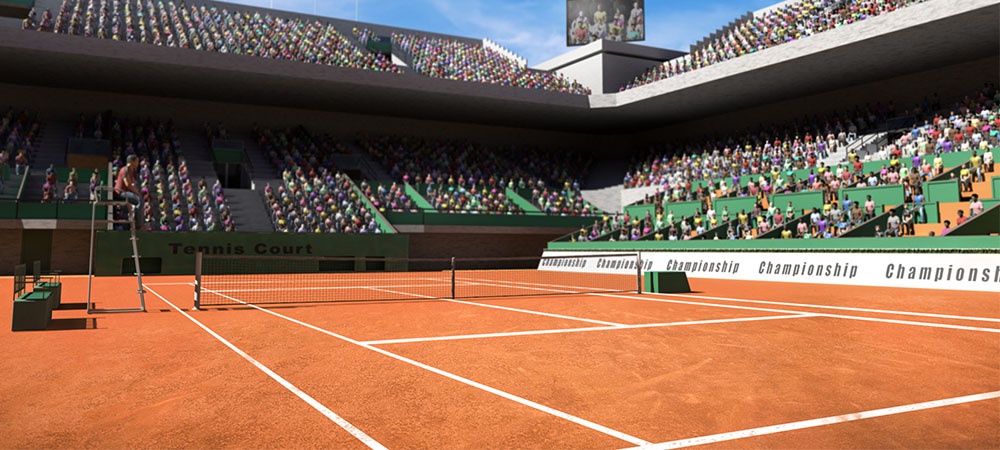
How Long Will the Resurfacing Take?
It will take anywhere from 3 to 7 days to resurface your tennis court. If the court is in bad condition and requires extensive repairs due to too many cracks, an improper slope, or drainage issues, the resurfacing might take over a week to complete.
How Much Will Tennis Court Resurfacing Cost You?
Tennis court resurfacing doesn’t come cheap. However, it’s affordable and worth every cent because your court is an essential asset. But the quick answer to this question is that the cost of resurfacing a tennis court varies depending on the type and resurfacing quality.
Generally, you can expect to pay anywhere from $3,500 to $9,000. Before the court is resurfaced, the experts will first inspect it. That will help them make an informed decision regarding what exactly they need to do as far as resurfacing is concerned. From there, they can give you a quote.
How Often Should I Get My Tennis Court Resurfaced?
How often your court needs resurfacing also depends on several factors. These may include the quality of initial resurfacing, how often you use the court, and other natural aspects. However, a reliable resurfacing contractor will advise you regarding this matter.
We recommend resurfacing your tennis court at least every 3-5 years. Such a resurfacing frequency will ensure that your tennis remains in ideal condition.
Why is Tennis Court Resurfacing Necessary?
Tennis court resurfacing is vital, and you should consider doing it if you’ve started to notice issues with your court.
Resurfacing a residential tennis court can give your backyard a lift and boost your property value. In addition, a well-maintained tennis court can offer you a multi-purpose space for sport and entertainment.
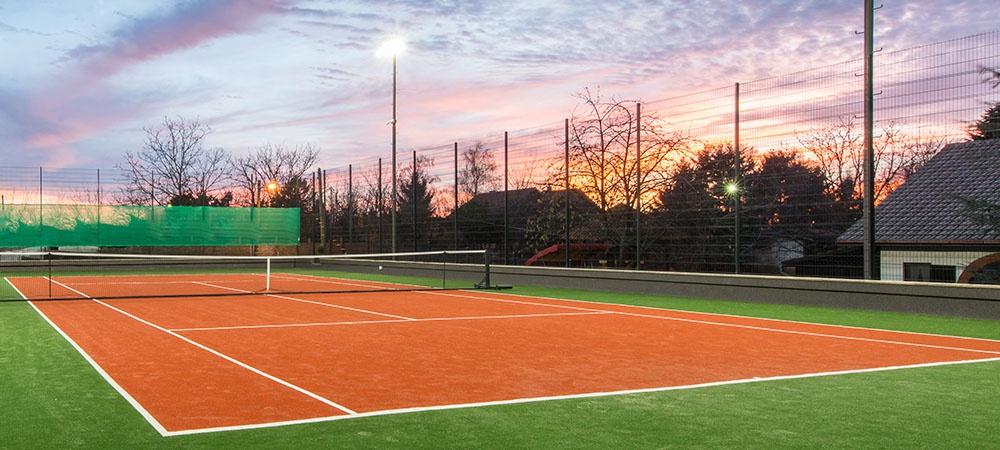
Common Issues with Tennis Courts
If you’re still wondering why you need to carry out resurfacing, here are the common issues you’ll encounter with courts over time.
Birdbaths
Birdbaths happen if the court surface has a lot of spots and cracks in it. The water filling these cracks and stagnating water creates a puddle. It’s a clear sign that your court isn’t perfectly level.
The worst scenario is that the water keeps damaging the surface by breaking down the acrylic coating system, which serves as a barrier to your asphalt.
Over time, this birdbath gets larger and larger, and your tennis court becomes a “swimming pool” for birds. Resurfacing helps to resolve this problem and leaves you with an attractive and functional court.
Surface Cracks
It’s common for tennis courts to develop cracks, especially on the surface layer. While repairs can solve this issue for a time, you can fully resolve it by resurfacing it. The experts will use the perfect material to fill every crevice and hold the surface together.
Deep Cracks
Deep cracks are one of the biggest issues and require resurfacing as soon as possible. If you neglect this problem for too long, the cracks will widen, and your court will require expensive repairs.
Other reasons why tennis court resurfacing is necessary include:
Fewer Injuries – Playing tennis on a well-serviced court causes fewer injuries. There will be no tripping over cracks or bubbles. A smooth and levelled surface minimizes the risk of injuries to the players and creates a more enjoyable playing experience.
Increased Use – Who doesn’t want to play in a court that looks spotless? A well-resurfaced court can accommodate other sports, meaning that many more people will use the space.
Boost Revenue – If you own a commercial court, increased activity in your court means that more revenue will trickle in. You can use these funds to upgrade other facilities.
Increased Game Time – Having a fully functional tennis court means you’ll never need to cancel a game due to floods or other issues. Resurfacing the tennis court enhances drainage, and puddles will clear more quickly to allow you to get back to playing sooner.
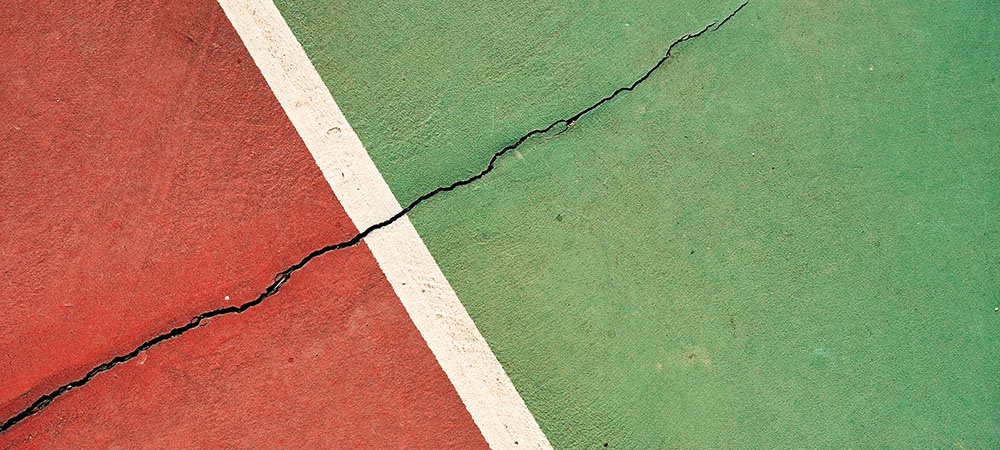
Final Thoughts
Resurfacing your tennis court can transform it from an ugly and dangerous place to an attractive and functional sports arena.
A complete surface replacement helps to fix major issues such as deep cracks, birdbaths, poor drainage, and other problems that develop with continued use.
Hire the right professional contractor for high-quality resurfacing that will leave your court playing beautifully for many years to come.

